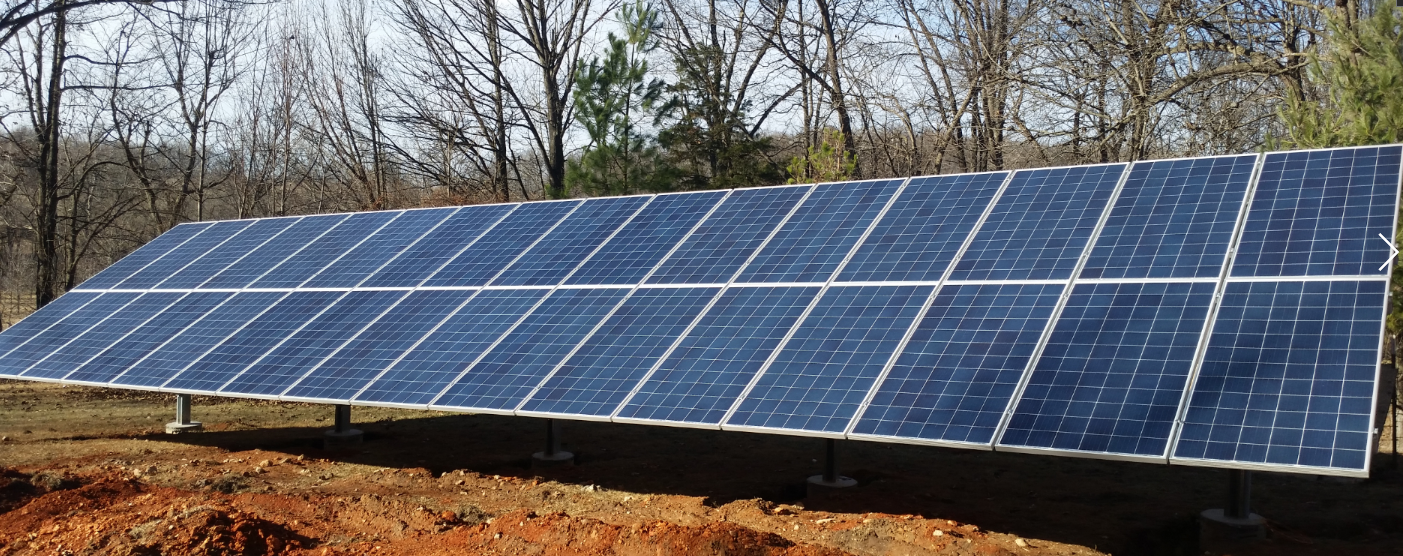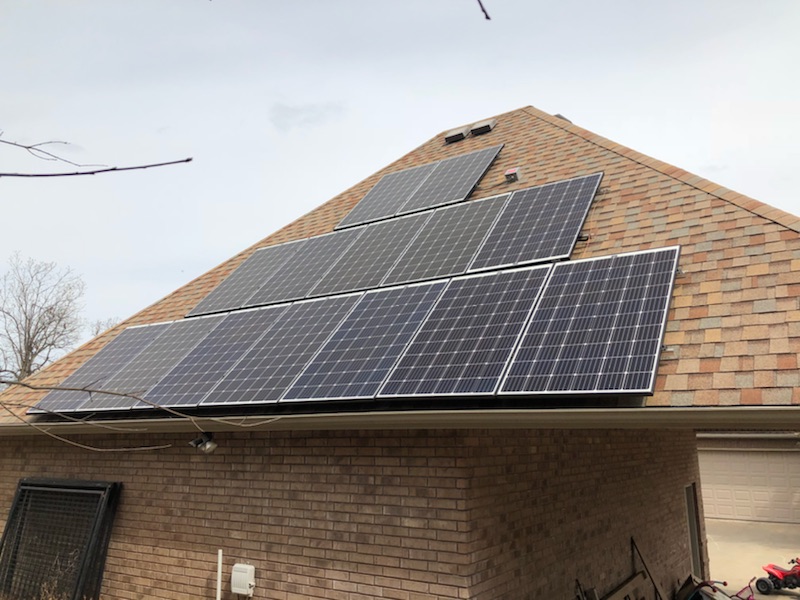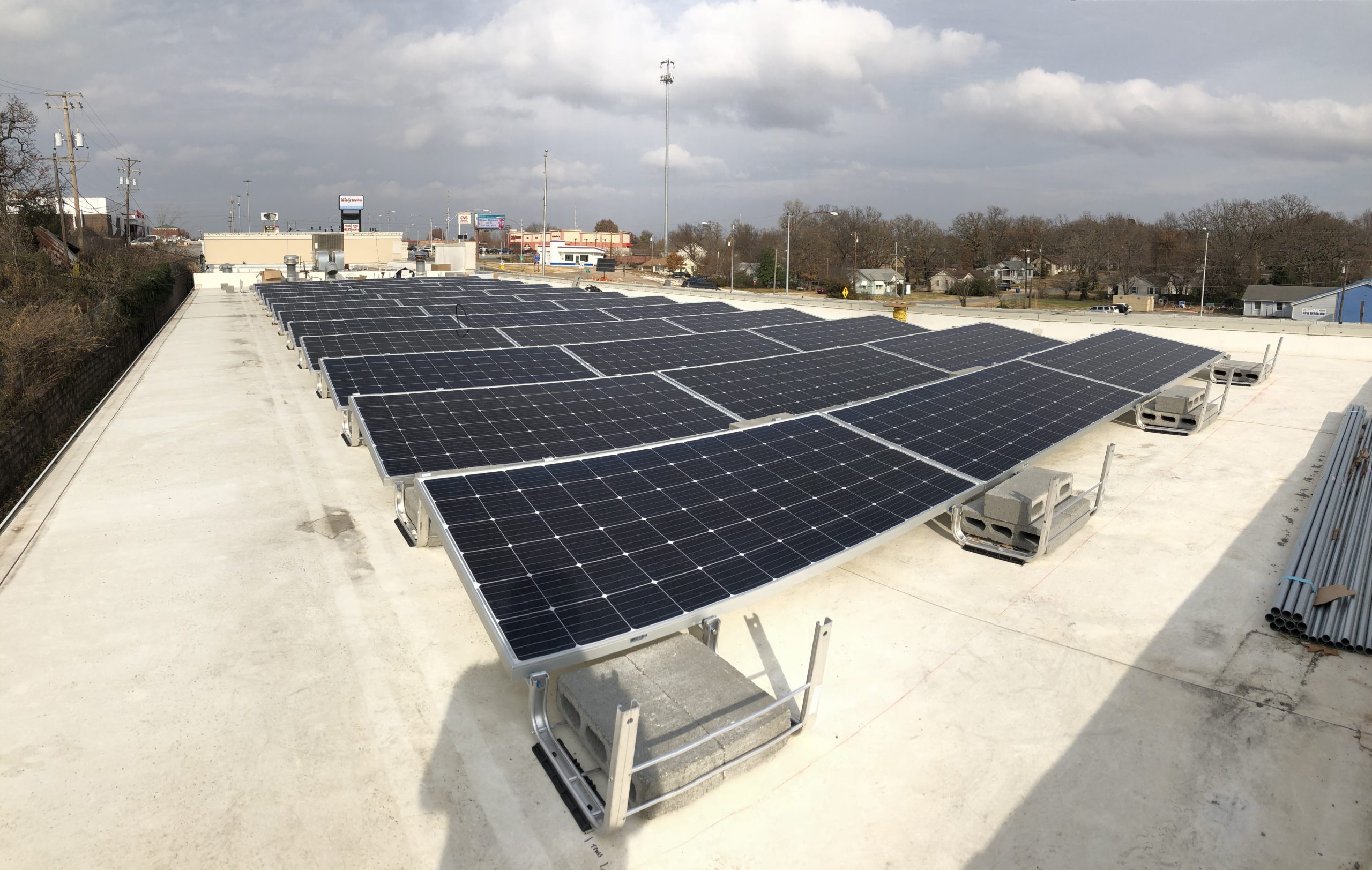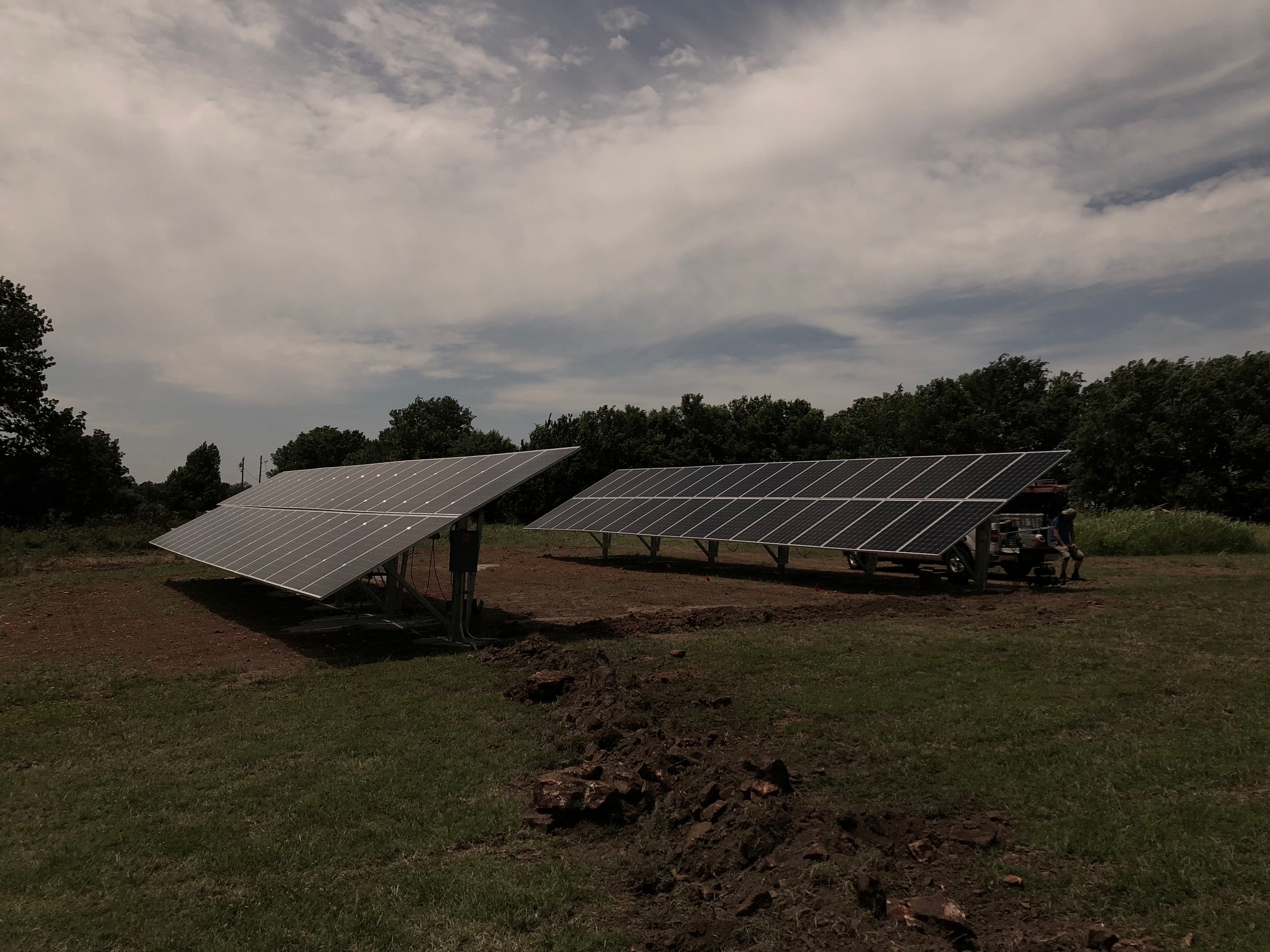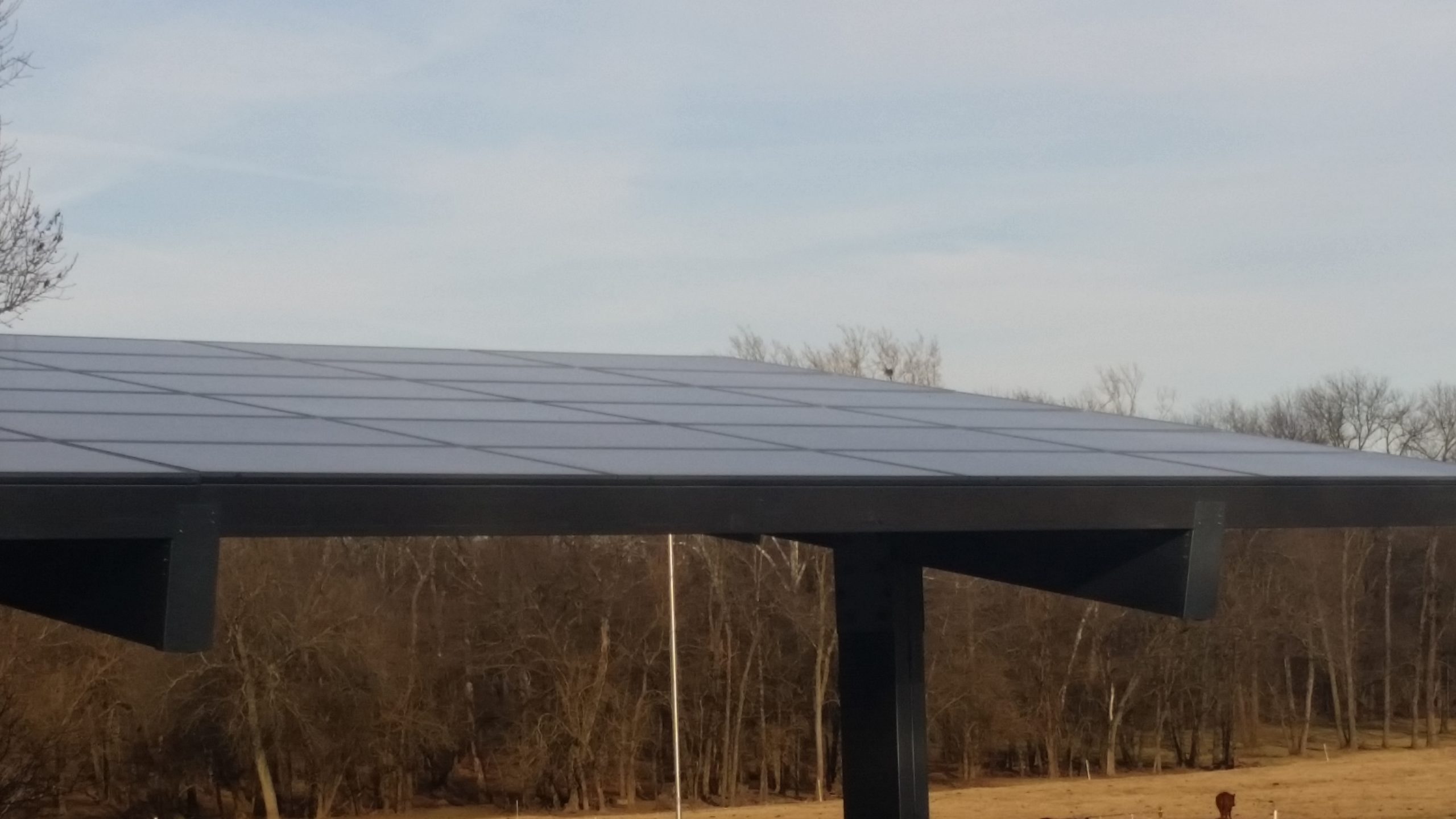Bifacial Solar Panels are coming down in Price
If you are not already aware, Bifacial Solar Panels are unique! The solar cells are sandwiched between two planes of glass allowing the bifacial panels to generate energy from sunlight impacting the cells from both sides. From the top, the energy is the same as normal panels, but there is an added energy gain from the bottom where indirect sunlight bounces off the ground cover below the panels. Here is a picture.

When I started looking at Bifacial solar panels over 5 years ago, I was intrigued by the potential for the aesthetic value they brought to the table. If you installed them with a pergola or awning, they really were quite attractive. Unfortunately at the time, they were a lot more expensive. That is not the case today!
The amount of extra energy produced is a function of the Albedo or “whiteness” of that ground cover that is reflecting the light in addition to the height of the panels off the ground and potential shading that may occur with whatever support structure is used.
Here is a link to a White Paper by SolarWorld for those looking for some in-depth information. SolarWorld White Paper, and another good source by Burns and McDonnell White Paper.
A few takeaways from the papers are:
- For a ground mount, 3 feet is the minimum distance from the ground to the bottom of the panel for best diffused light availability. The higher the better, so a pergola or awning would allow for more diffused light.
- Different ground cover has different Albedo or “whiteness”, so picking the best cover is important to the increase in yield.
- An increase up to 30% more energy can be produced under optimal conditions.
So why are bifacial panels coming down in price? Although this is subject to change, bifacial panels are not included in the extra tariffs that have been applied to normal imported panels. In addition, better manufacturing and less degradation makes for better overall costs.
